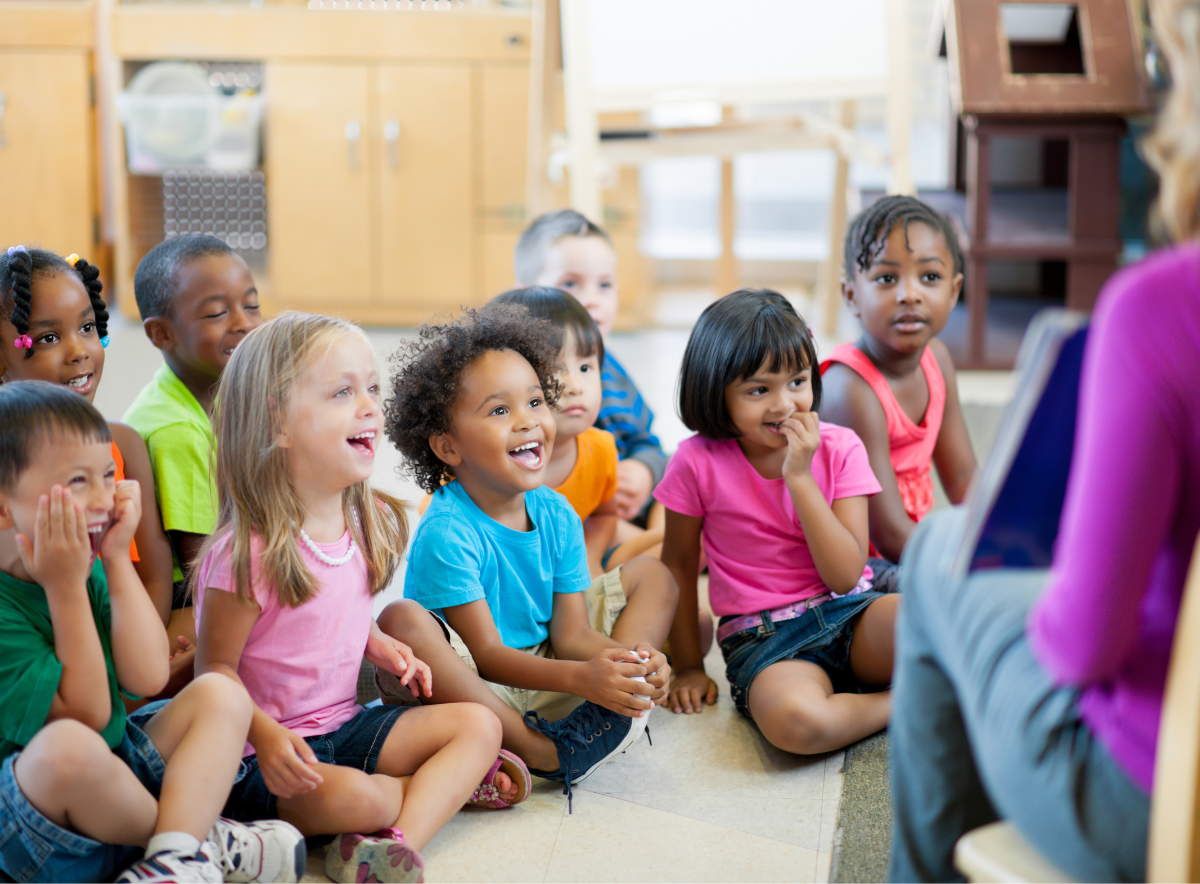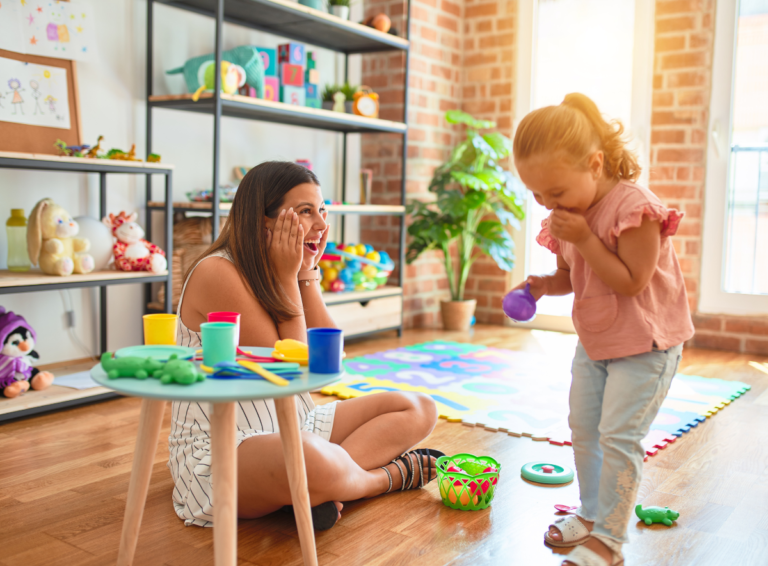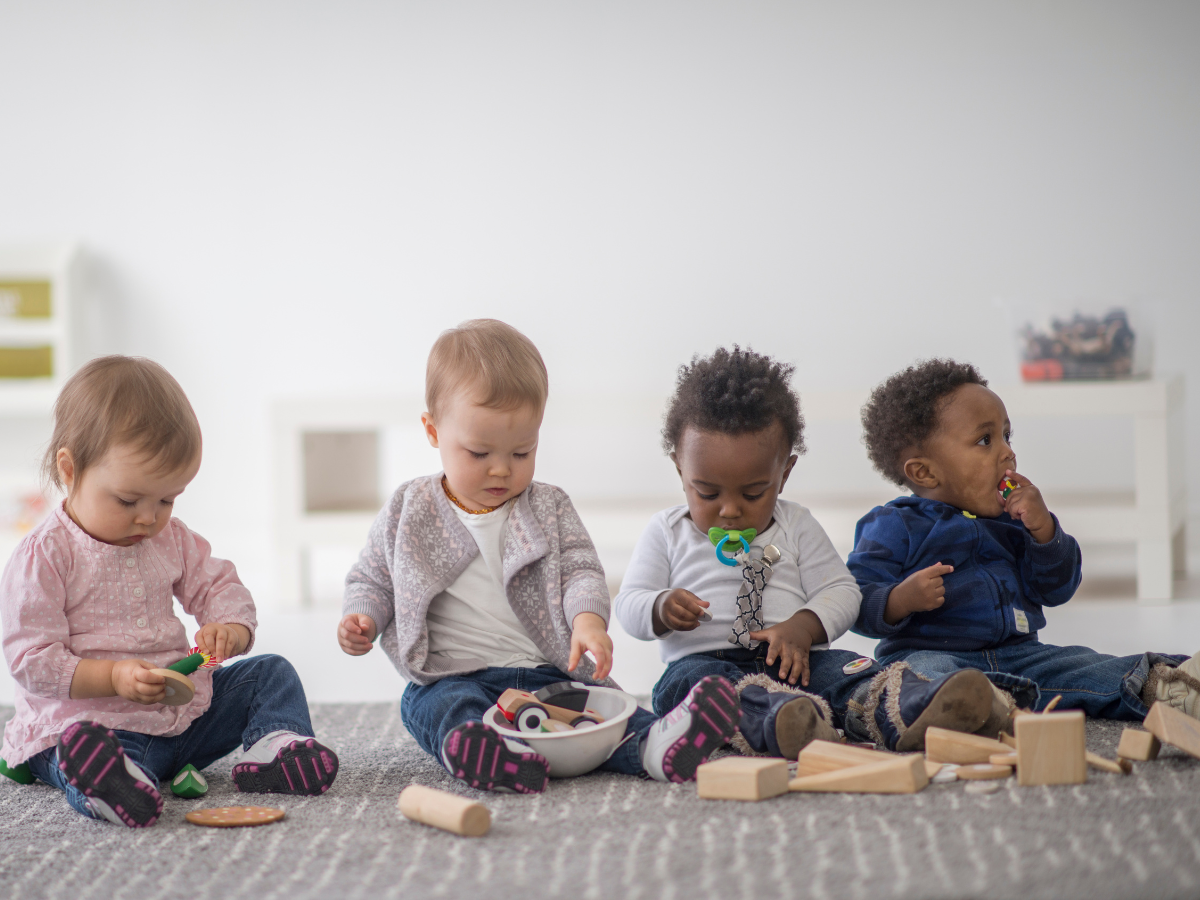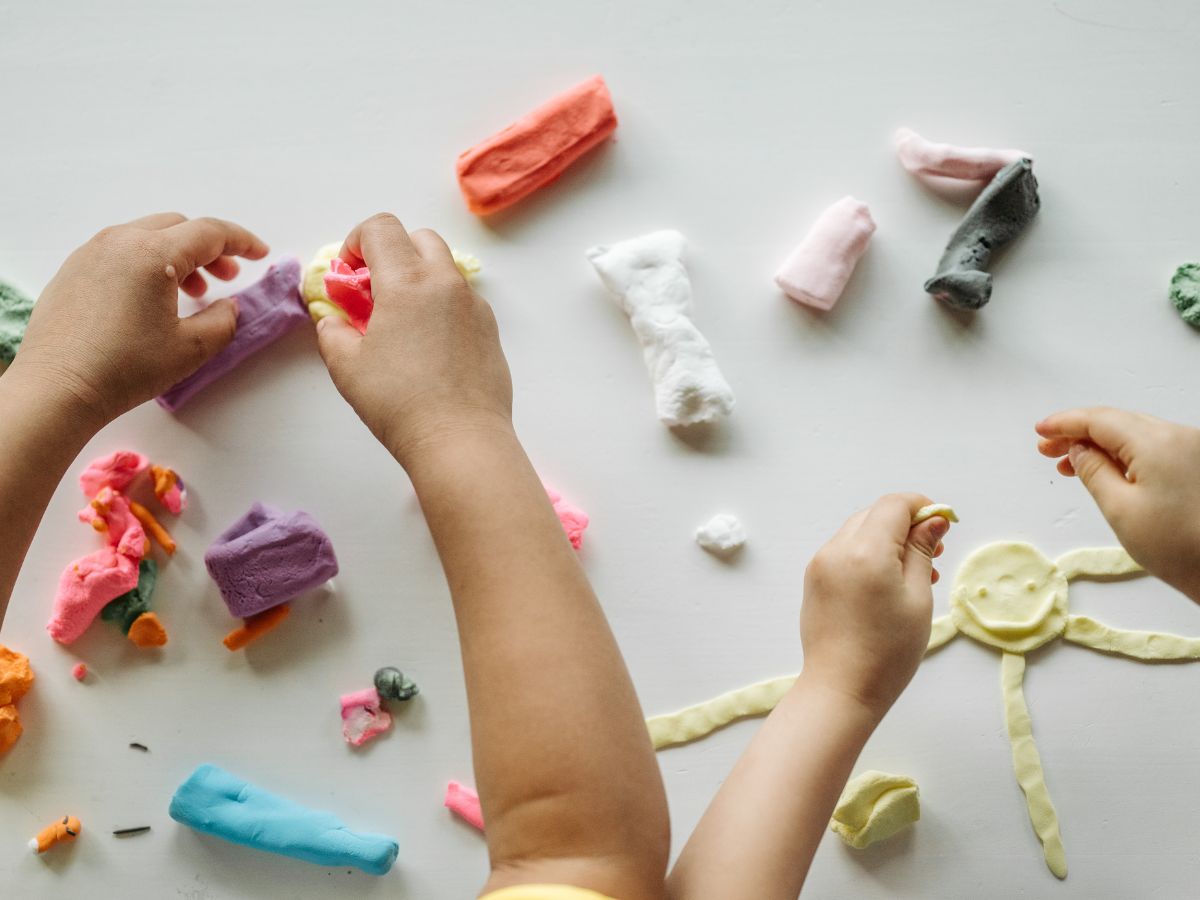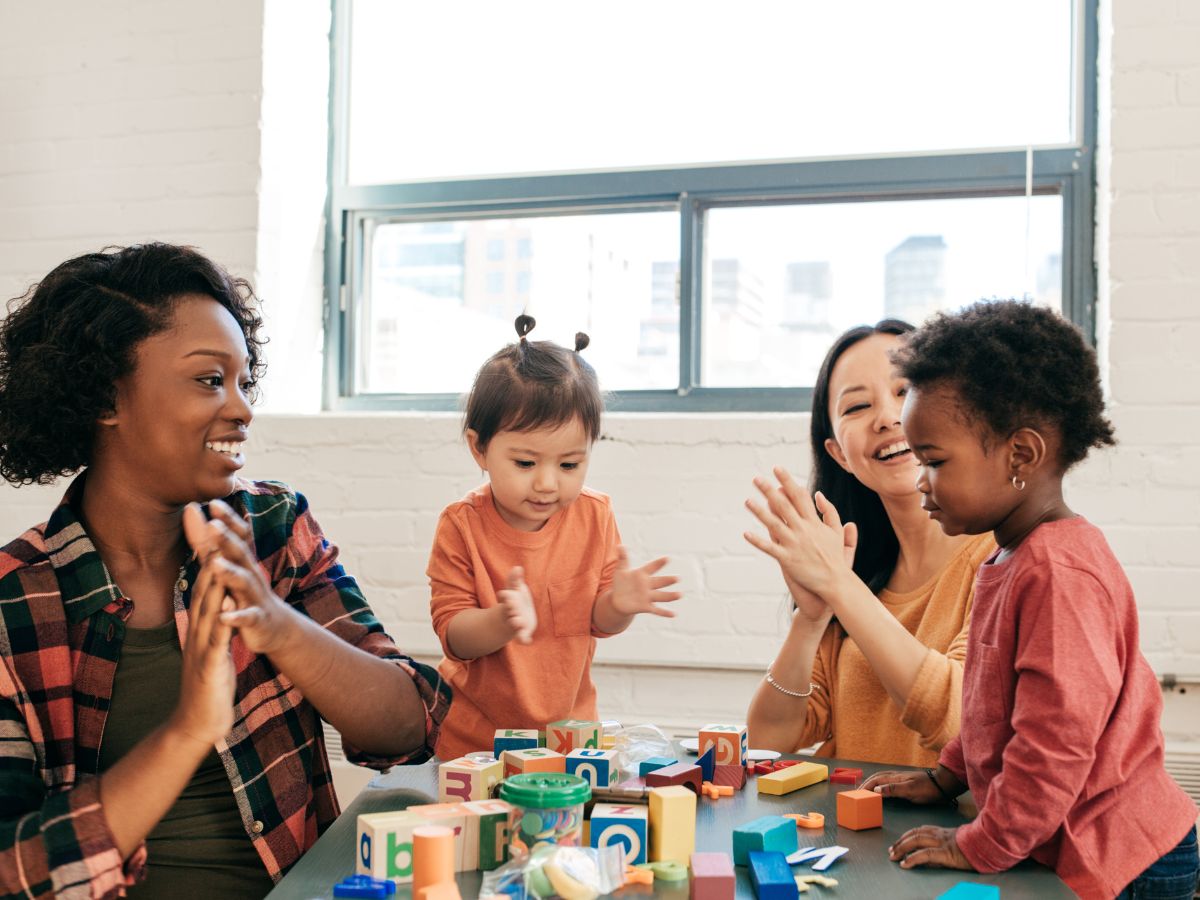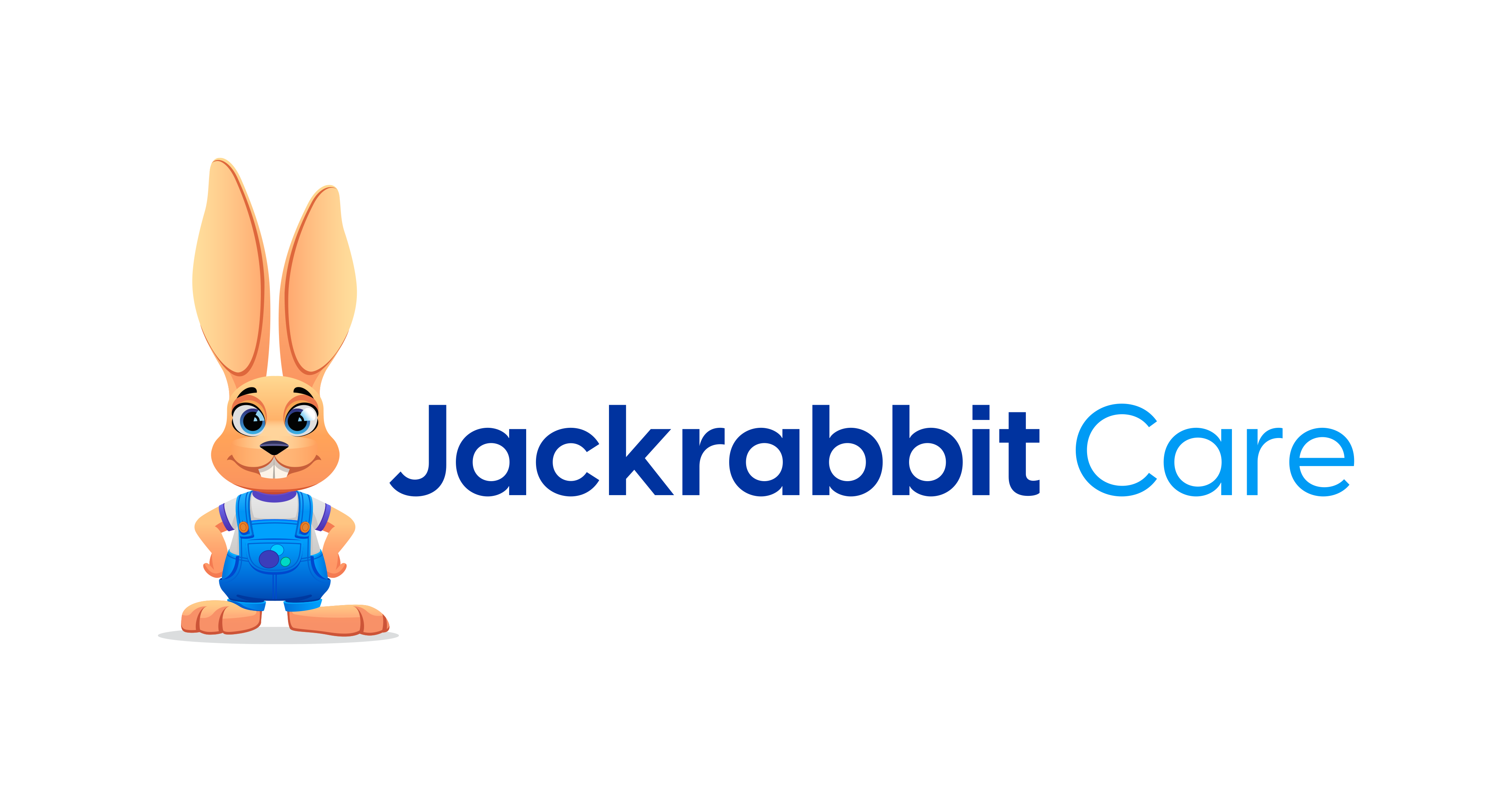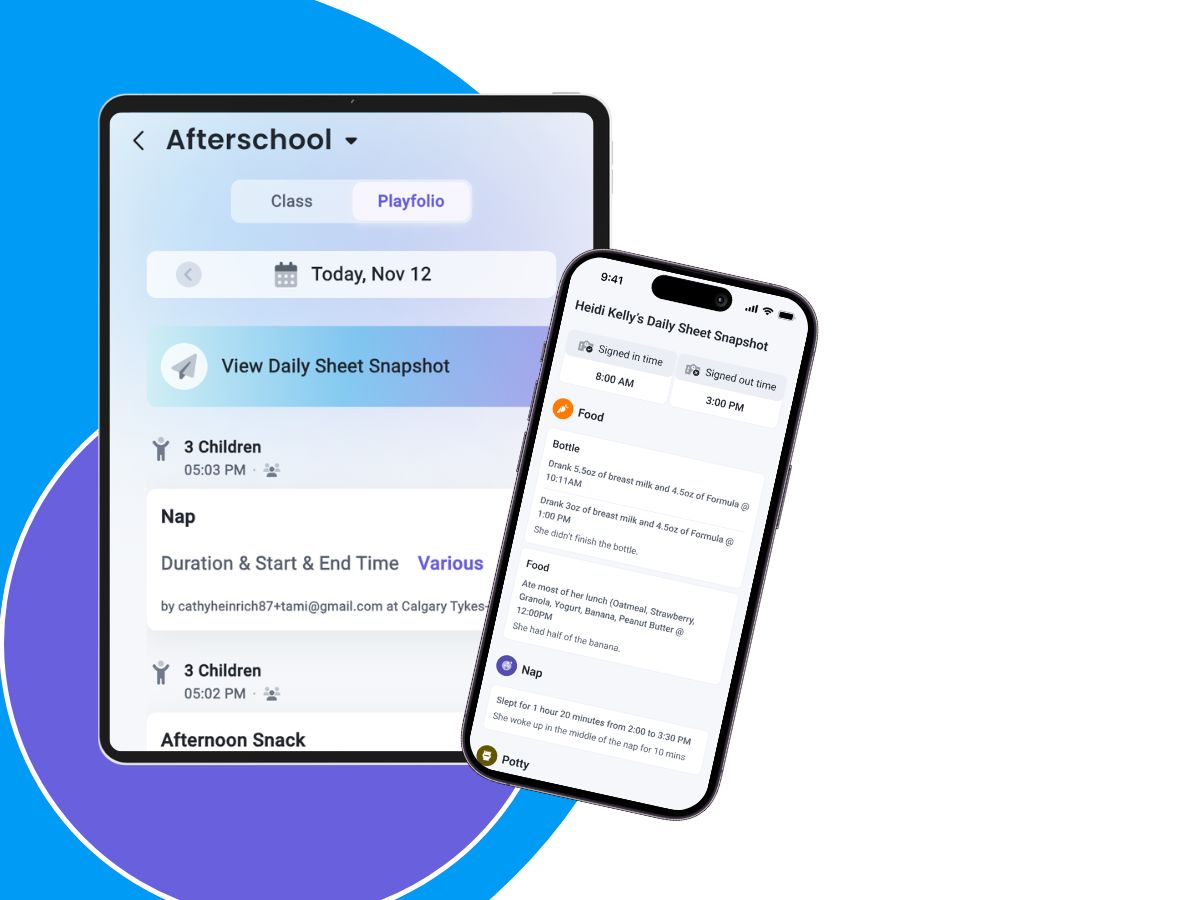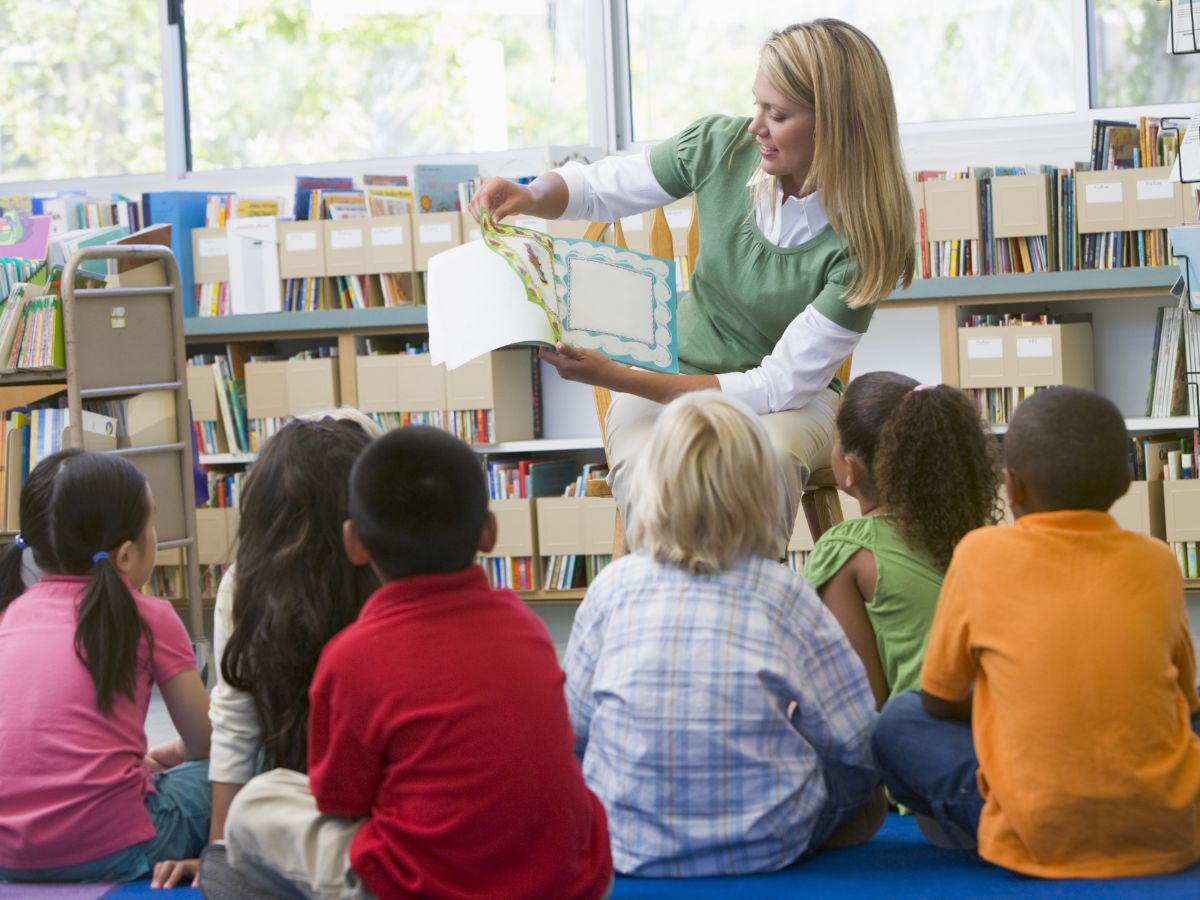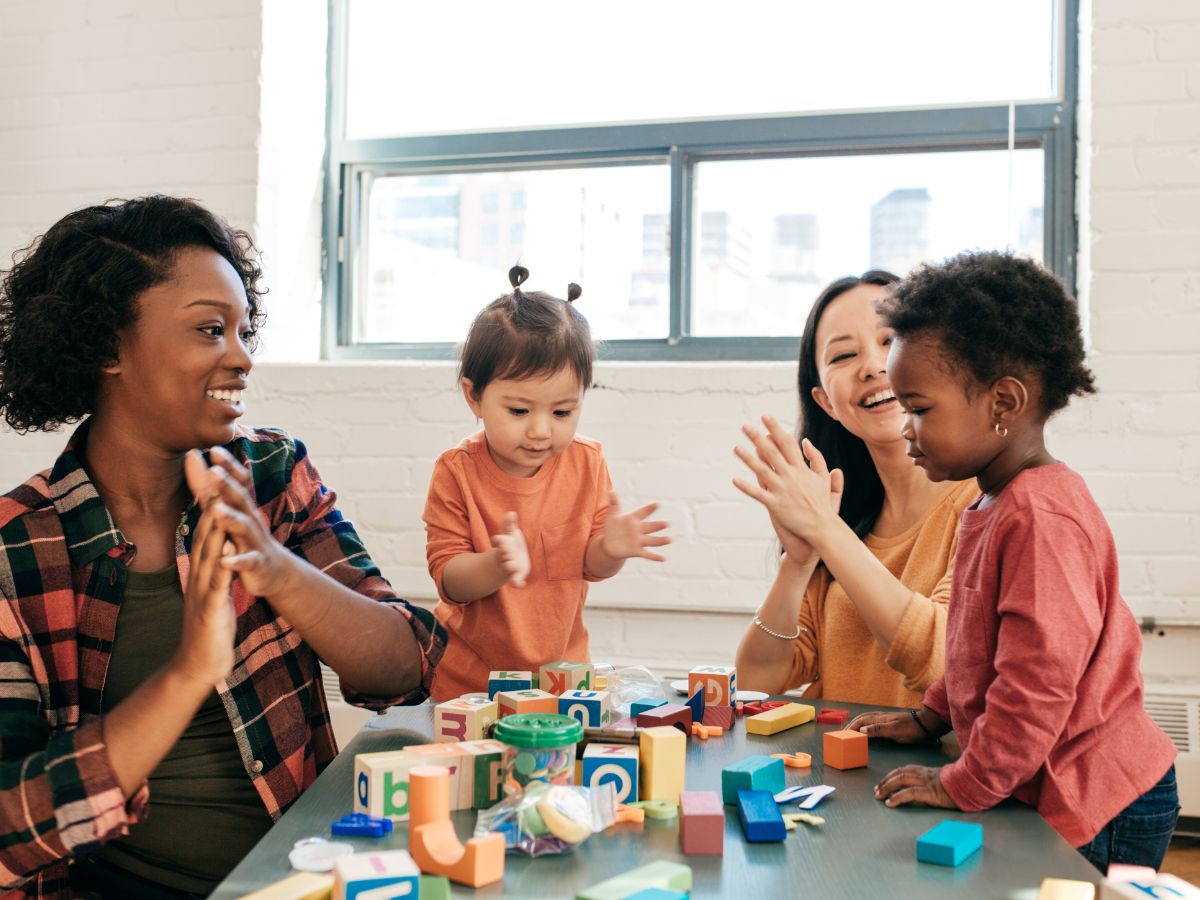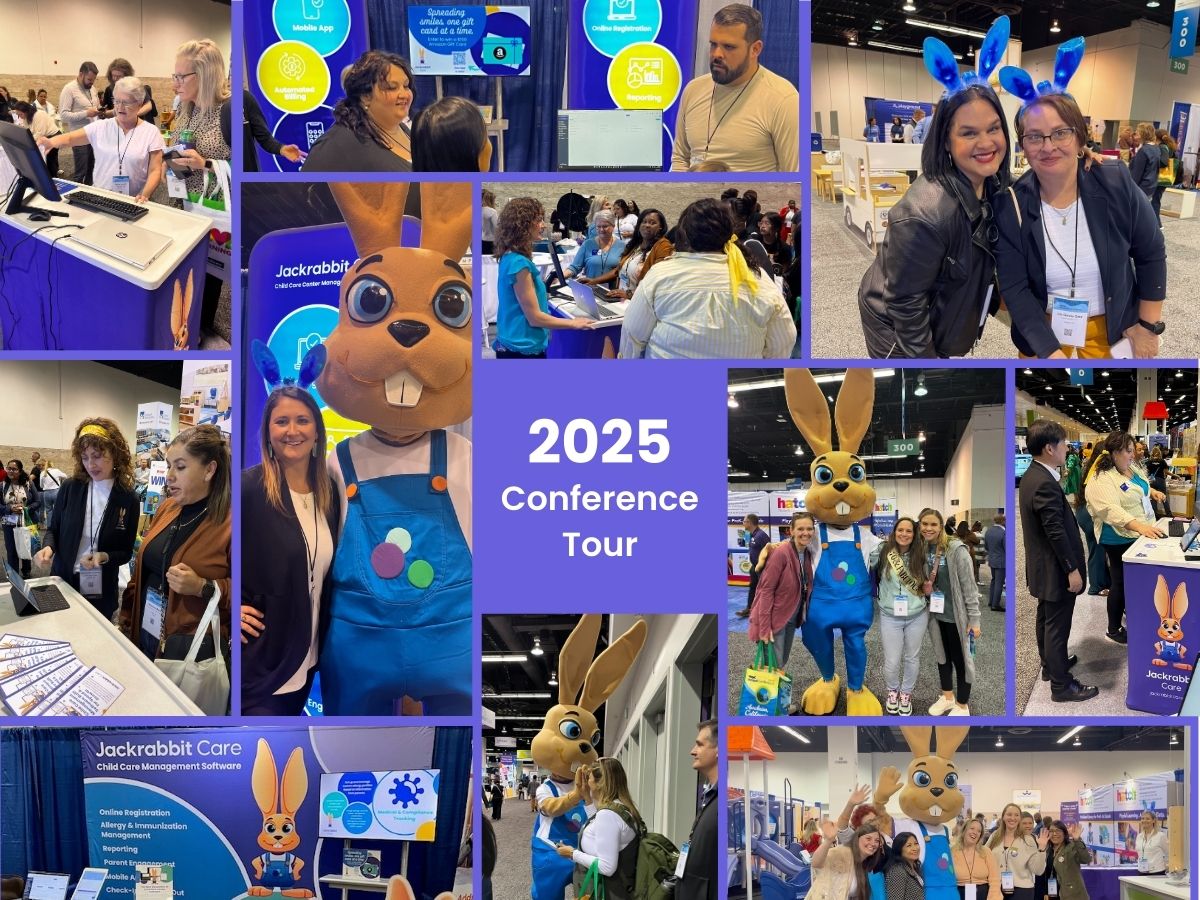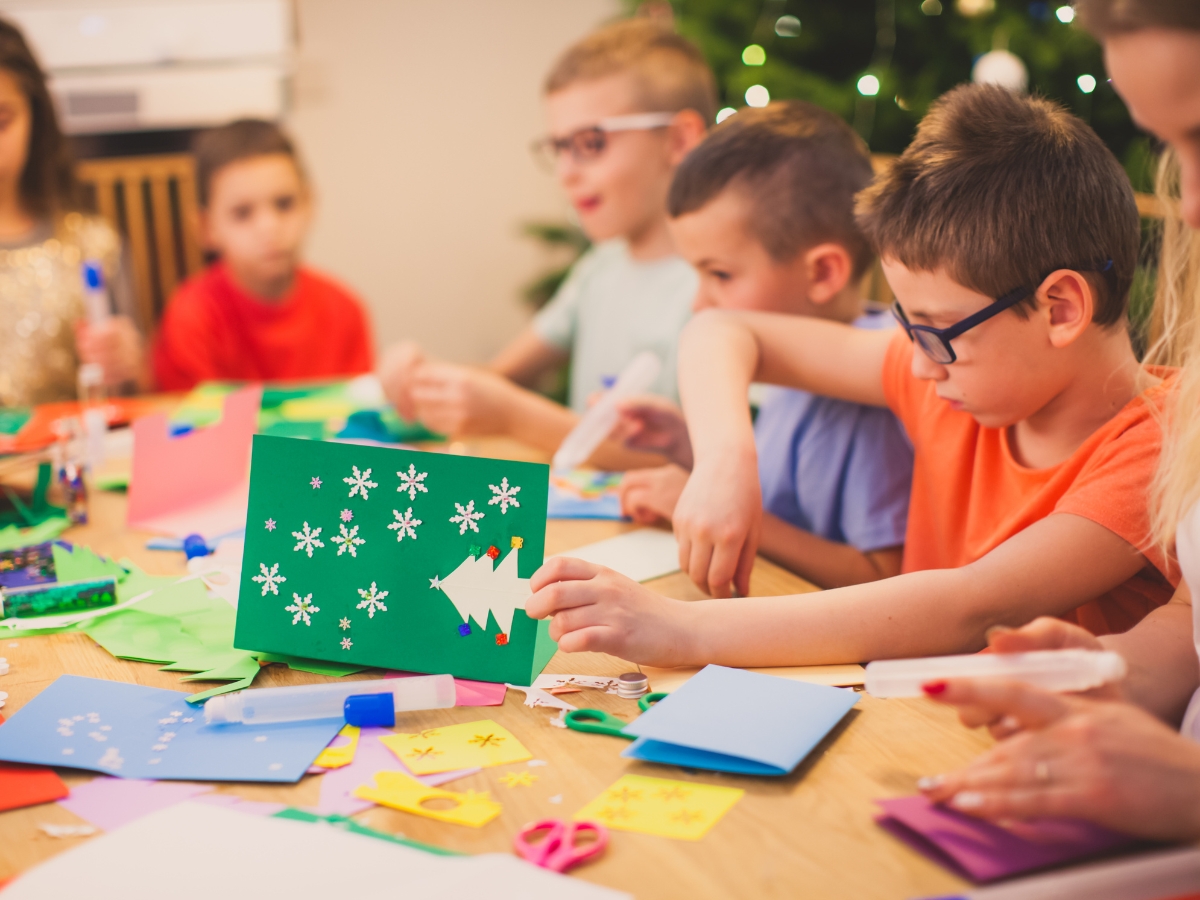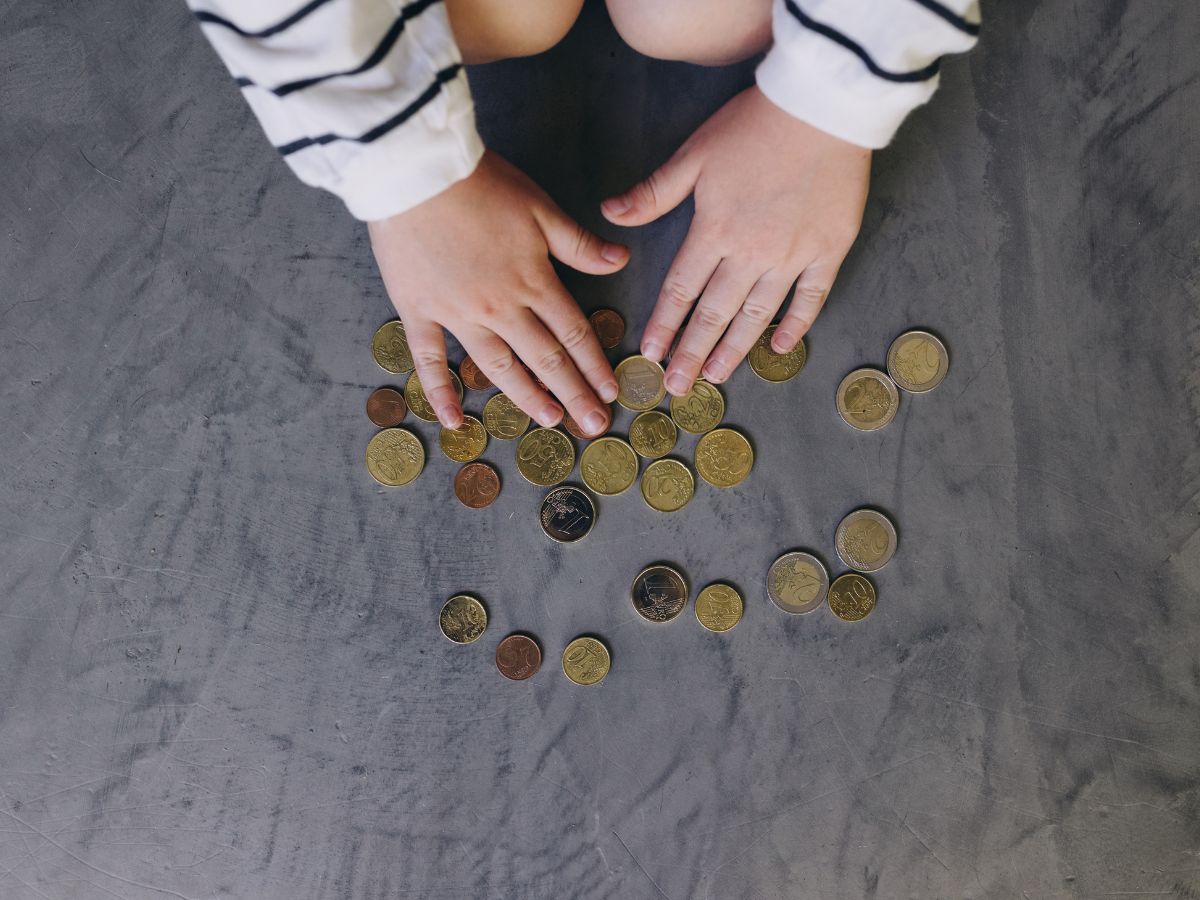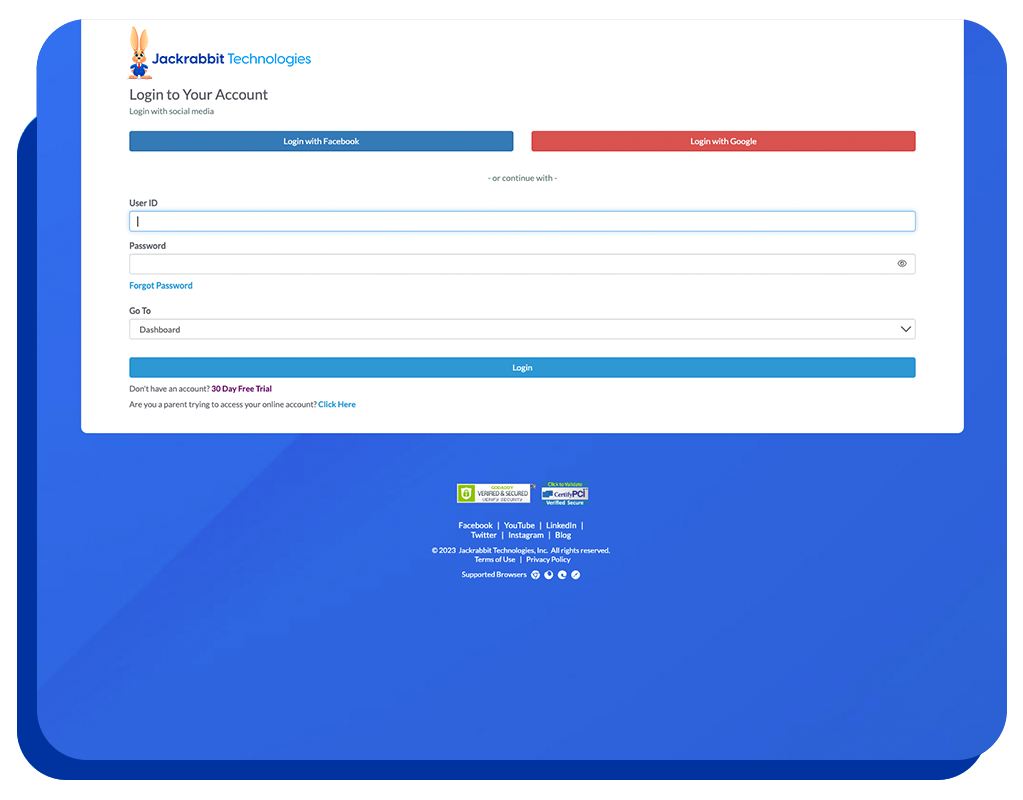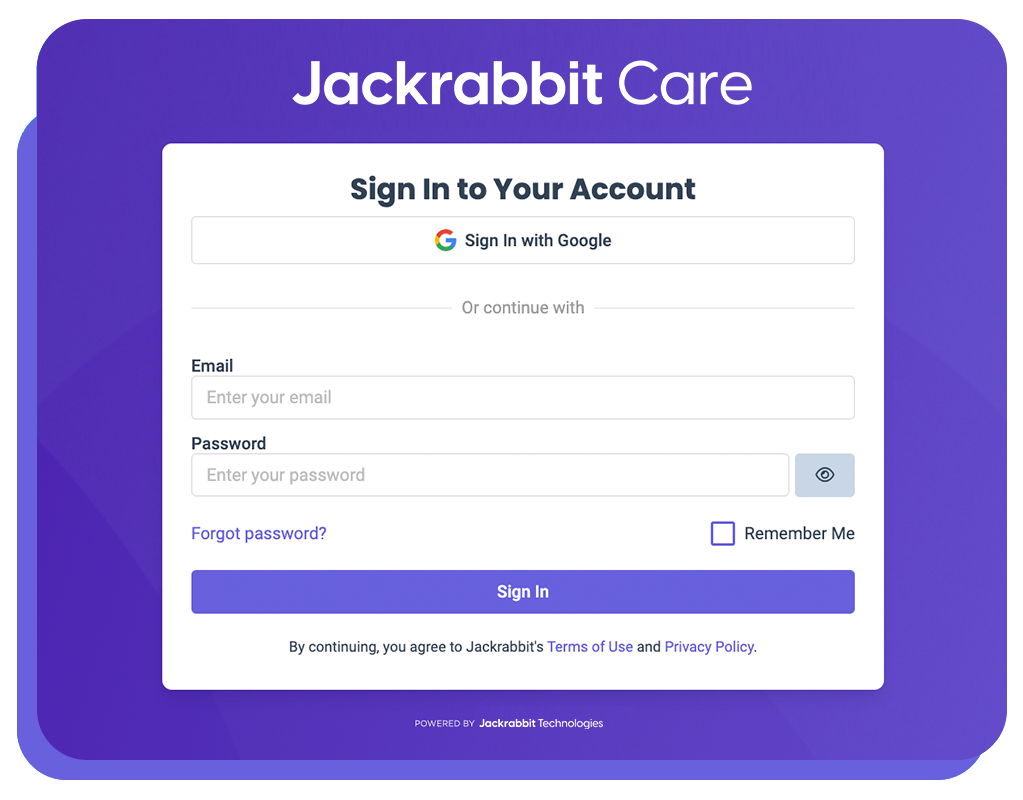“If humor is an antidote for many ills and offers useful benefits, then finding ways to have more of it can brighten our lives,” writes author Deb Curtis.
Not much brings as much joy as a child’s laugh. Young children who find joy in their daily interactions are also likely to:
- See things from different perspectives.
- Be spontaneous.
- Grasp unconventional ways of thinking.
- See beyond the surface of things.
- Enjoy and participate in the playful aspects of life.
- Not take yourself too seriously.
- Build strong relationships and get along with others.
Did you know you can also use humor to gain insight into their level of development and what is on their minds?
Humor is key.
Dr. Lawrence Kutner published an article on psychcentral.com late last year that shares his findings on using humor as a key to child development. He believes that there is a connection between the 2-year-old who bursts into a fit of giggles when he hears a nonsense phrase and the young adolescent who laughs at an off-color joke.
Is there a link between the things a child laughs at and the developmental tasks they are struggling with? Dr. Kutner believes that is so and that a pattern of this runs throughout childhood. This pattern could explain why 3-year-olds who are still mastering toilet training are enthralled by bathroom humor while 7-year-olds, who no longer have toilet-training as an issue, think bathroom humor is stupid.
The humor link starts early.
The 12-hour-old infant shapes his mouth into what looks like a smile at the smell of a banana – not because learning has begun that early but because our nervous systems appear to be wired to make us smile in response to certain things without learning or imitation. True laughter – which is complex – appears a few months later.
In their first dozen months, notes Dr. Kutner, children learn very complex things starting with the realization that they are separate individuals from their parents. They begin to understand that objects and people exist even when they are out of sight. This is profound and opens the door for other understanding.
Peekaboo is important.
Consider the game of peekaboo. It is an important marker in identifying a certain level of development. A 1-year-old child will laugh heartily in this game, but a 6-month-old hardly responds and a 6-year-old finds it boring. The intense laughter of the 1-year-old tells you he gets it. They have a realization that eluded them mere weeks ago: their mother is behind those hands in peekaboo.
There is another developmental moment here in that the child experiences a tense moment, is relieved and then laughs. What was scary is now funny. A few weeks ago the same child’s tension would have turned to fear and he would have cried when mommy’s face disappeared.
Use what is learned.
Children’s developmental cycle also shows when they gain an understanding and then take joy in playing with it. 2-year-olds who are beginning to master the intricacies of language will giggle uncontrollably when they hear a combination of words and nonsense syllables. They understand that the nonsense syllables are different from the words. They think the sounds that are out of place are funny.
The same laughter is inspired in 2-year-olds at other times when they realize things don’t belong where they are put. A sock on a foot isn’t funny but a sock on the ear is. Children at this age may also be able to make their first joke.
Gaining the power of knowledge.
The 6-year-old who finds peekaboo and socks on ears boring has a newfound appreciation for logic and abstractions. 6-year-olds love riddles and jokes that have ludicrous juxtapositions. These are simple versions of humor that adults enjoy.
These kids are gaining power with knowledge and they will flaunt it. They grasp concepts that younger children cannot even fathom.
Innocence is gone.
The innocent tone of jokes change before children have left elementary school. By 4th grade, boys and girls laugh at different things. At 10 boys are probably telling jokes that are violent and sexual while girls’ humor is less physically but more verbally aggressive – because they have better verbal skills than boys at age 10. Teasing begins and the classroom can seem like a television soap opera.
Boys and girls have differences in their jokes at this age but are both using humor to accomplish the same goals.
Joking about concerns.
Young adolescents joke about sexuality because that is what is of the greatest concern to them. When they don’t understand issues, norms or acceptable behavior, they joke about it.
Well, don’t we still do this as adults?
Laughing is a must.
Looking at the information that Dr. Kutner shares, it seems that humor is quite important in development. It’s serious business. It is not just a marker in our early lives but a vehicle for a healthy life in adulthood.
If you want to be healthy, if you want to be positively connected to others, if you want to be happy, notes Dr. Marie Hartwell-Walker, you must laugh.
Why is this true?
- Laughing is an antidote to depression, anxiety and tension.
- Laughing can help us de-stress.
- Laughing helps us fight disease.
- Laughing reduces your risk of stroke and heart attack.
- Laughing can help us manage pain and speed up the healing process.
- Laughing brings us closer to people.
Humor and laughter are tools we use at many points and in many situations in our lives. With strangers, we use humor to break the ice. On dates, teenagers use humor to ease their nervousness. Parents of ADHD children use humor and laughter to bond with them. With audiences, speakers use humor to become memorable.
Humor enters our lives early and lasts for our lifetime.

